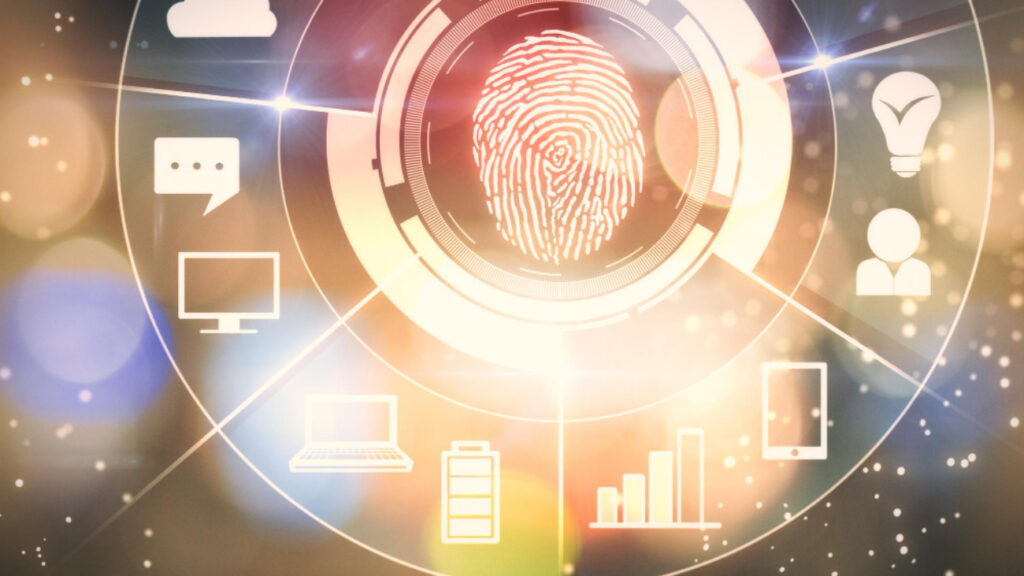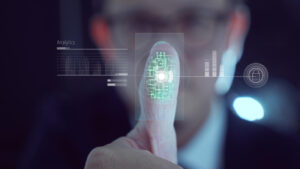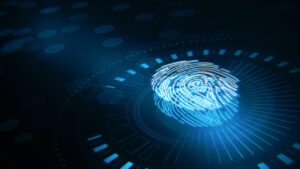A burgeoning technology like gait recognition, that identifies individuals based on their walking patterns, has undeniable utility in various applications stated Bahaa Abdul Hadi. The increasing adoption of this technology raises significant privacy concerns that necessitate a critical analysis.
What is Gait Recognition?
Gait recognition is a biometric technology which utilizes sensors or cameras to capture and analyze an individual’s unique way of walking. It captures data like stride length, gait variability and body posture. With this information individuals can be identified with high accuracy, even at a distance.
Privacy Concerns Associated with Gait Recognition:
Surveillance and Data Collection:
The widespread deployment of cameras, coupled with gait recognition technology, could lead to pervasive surveillance of individuals in public spaces. This constant monitoring raises concerns about data collection without consent and can potentially lead to misuse of personal information.
Data Aggregation and Linking:
Gait data can be unknowingly combined with other forms of biometric data, such as facial recognition, creating comprehensive profiles of individuals. The aggregation of such sensitive information makes an individual vulnerable to exploitation from discriminatory practices or targeted advertising.
Potential for Bias and Discrimination:
Existing societal inequalities may be perpetuated through biased gait recognition algorithms. Factors like age, gender and physical characteristics could fuel this bias, leading to inaccurate identification, particularly for marginalized communities.
Limited Transparency and Accountability:
The lack of transparency in how gait recognition systems are developed and deployed makes it difficult to hold companies and governments accountable for potential misuse of the technology. Additionally, individuals have limited control over their gait data, making it challenging to exercise their privacy rights.
Mitigating Privacy Risks: Potential Solutions
There are several implementable approaches to mitigate the privacy risks associated with gait recognition:
- Strict data minimization principles: Limiting the collection and retention of gait data to the minimum required for specific applications can significantly reduce privacy risks.
- Enhanced transparency and explainability: Developers and users of gait recognition systems should implement mechanisms to explain how the technology works and how personal data is handled.
- Robust data security measures: Implementing robust encryption and access controls will protect gait data from unauthorized access and potential breaches.
- Empowering individuals with control over their data: Providing individuals with the ability to access, manage and delete their gait data is crucial to respecting individual privacy rights.
- Developing ethical guidelines and regulations: Establishing clear ethical guidelines and regulations around the development and use of gait recognition technology is essential to ensure ethical implementation.
Conclusion:
Gait recognition is inarguably beneficial but carries crucial privacy risks. A critical analysis of these concerns would lead to robust mitigation strategies. The implementation of these strategies will ensure that this technology is used responsibly and ethically. It must protect individual privacy while realizing its full potential. The article has been authored by Bahaa Abdul Hadi and has been published by the editorial board of Identity Herald. For more information, please visit www.bahaaabdulhadi.com.




